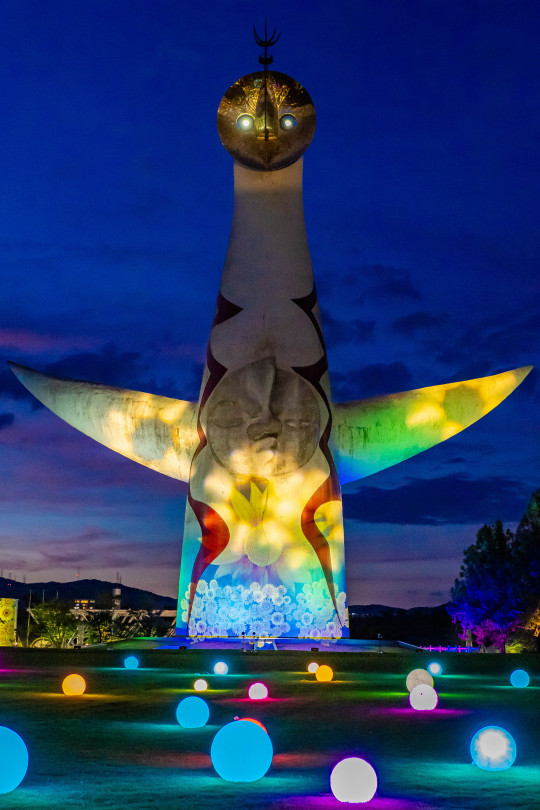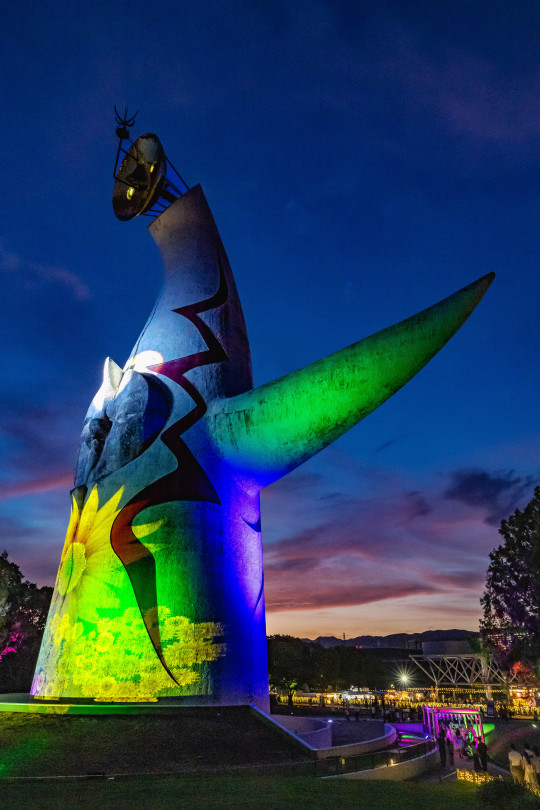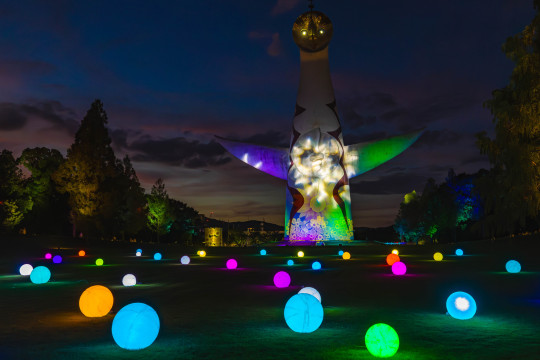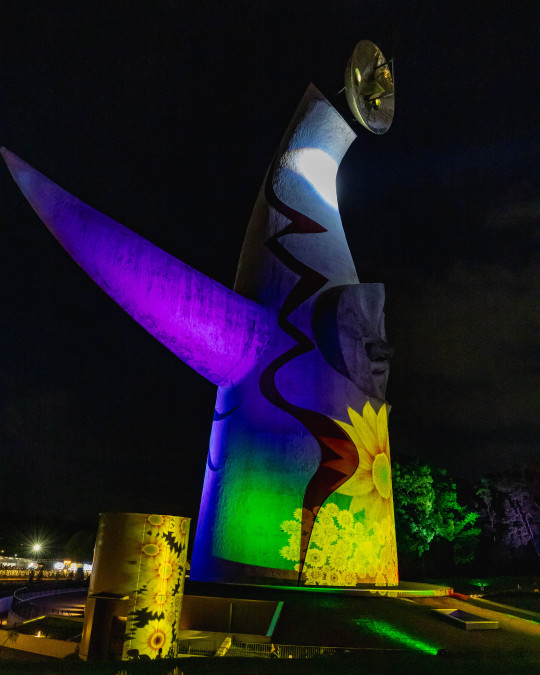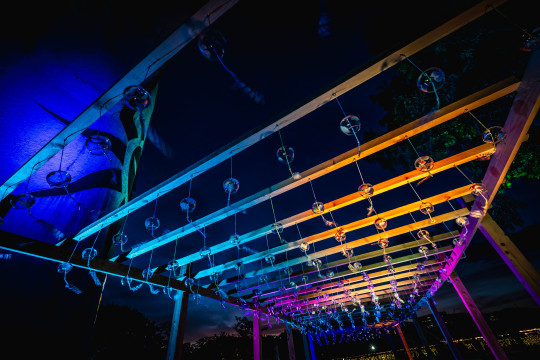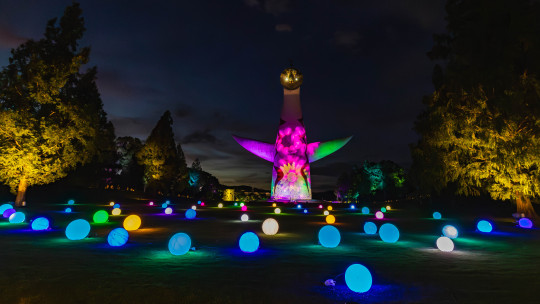#大塔
Explore tagged Tumblr posts
Text

静寂の山寺・・曇天の木陰で涼し気にも見えますが、気温は30℃越え。
立ち止まると汗が噴き出してきます・・
’24.7.9 松尾寺にて
#奈良#nara#大和郡山市#yamato koriyama city#松尾寺#matsuodera temple#三重塔#three-storied pagoda#曇天#cloudy sky#梅雨#rainy season#photographers on tumblr#奈良公園じゃないシリーズ#natgeoyourshot
177 notes
·
View notes
Text

法隆寺 / Horyu-ji Temple
477 notes
·
View notes
Text
April 12, Xi'an, China, Daci'en Temple/大慈恩寺 and the Giant Wild Goose Pagoda/大雁塔 (Part 1 - Temple and Architecture):

Daci'en Temple is famous in popular culture mainly for one reason: the monk Xuanzang/玄奘, or the real person who inspired the character of Tang Sanzang/唐三�� (sometimes translated as "Tripitaka") in the novel Journey to the West/西游记. Xuanzang was in charge of Daci'en Temple after he returned to China in 645 AD from his journey throughout Central Asia and India. More on him later.
The temple is also known for two more things, first is its importance to Chinese Buddhism, as the temple is considered the cradle of the Consciousness-Only School (weishizong/唯识宗) and the Dharma Characteristics School (faxiangzong/法相宗)(both are part of Chinese Mahayana Buddhism), and second is the Giant Wild Goose Pagoda (built in 652 AD while Xuanzang was in charge of the temple).
The temple has been rebuilt over the years, and the current temple (excluding the pagoda) was mainly built in 1466, during Ming dynasty, thus the current temple consists of Ming-era architecture:


Drum and bell towers within the temple


Giant Wild Goose Pagoda in the distance

More pictures of the architecture. I have to say it's better preserved here than in other places so far...





Coming up to the Mahavira Hall/大雄宝殿 of the temple

As mentioned in the previous posts on Qinglong Temple, I avoided taking pictures of the Buddha statues as this is considered disrespectful. But because it's just hard to avoid including them in pictures of the architecture, the statues may be partially visible sometimes.


Approaching the Tushita Hall/兜率

More pics of the architecture, note the pattern on the windows, called chuangling/窗棂. This particular one is a "three-crossing"/三交 pattern, the highest grade of chuangling.
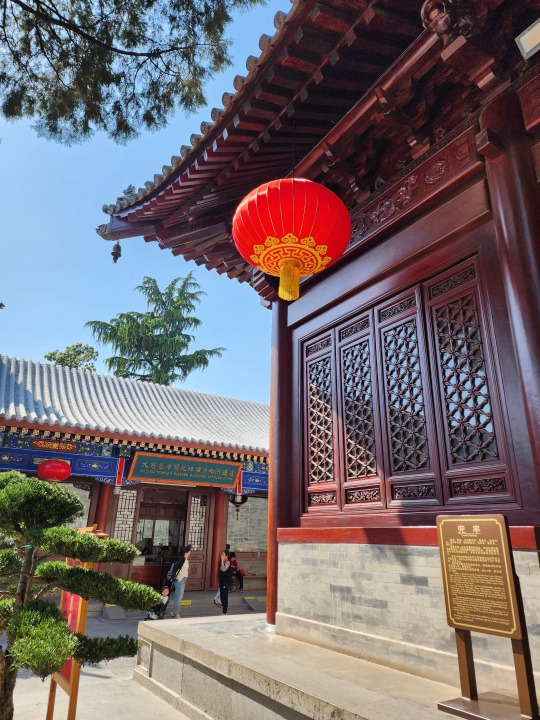

There were two visiting monks taking pictures of this relief behind Mahavira Hall, so it's probably okay to snap a picture of it. The interesting thing is the bian'e/匾额 above it, which says 人天欢喜 (right to left: "human and heaven rejoice together"). Usually it's "heaven" before "human" (天人), but here it's clearly "human" before "heaven".



The Guanyin Hall/观音殿. Guanyin is the Chinese name for Avalokitesvara. The smaller red lanterns are where visiters hang their wishes from:

And finally the Giant Wild Goose Pagoda, one of the landmarks of Xi'an. This pagoda was originally built to house all of the Buddhist texts and relics Xuanzang had brought back from India, and is the largest Tang-era brick pagoda remaining today. In Tang dynasty (618 - 907 AD), people who passed the imperial exams to become jinshi/进士 would tour around Chang'an on horseback with flowers in their hair and write poems before this pagoda, called "雁塔题名".
Before we entered the temple, I could hear a weird jingle-jangle from across the street, but it was only when we came up to the pagoda that I realized where the sound was coming from. There were bells hanging from every corner of every level of the pagoda, and they were pretty loud for their size.

Since it was pretty hot outside that day, to avoid possible heat stroke we didn't attempt to climb the pagoda (I don't think there's air conditioning inside considering that this pagoda is 1300+ years old.....). I think there were several important artifacts/relics inside? But I can find some pictures from online for part 3.



#2024 china#xi'an#china#daci'en temple#大慈恩寺#giant wild goose pagoda#大雁塔#xuanzang#玄奘#buddhist temple#chinese architecture#chinese history#mahayana buddhism#buddhism#architecture#history#culture
96 notes
·
View notes
Text
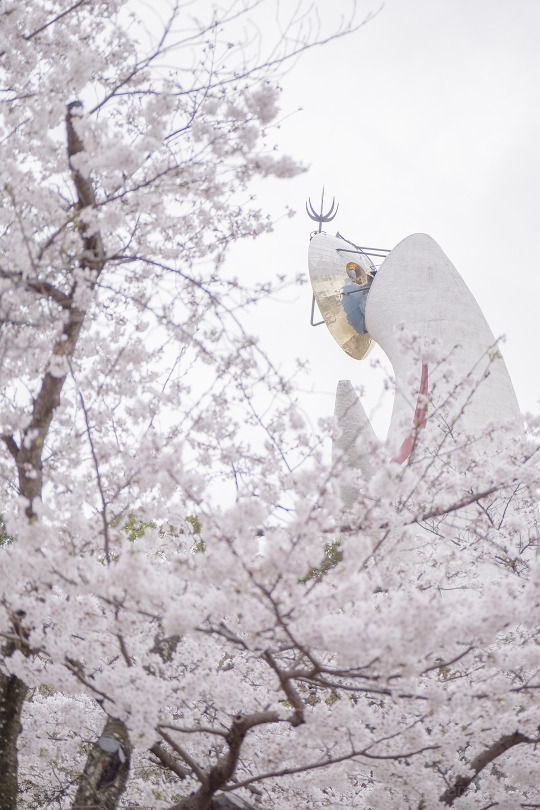
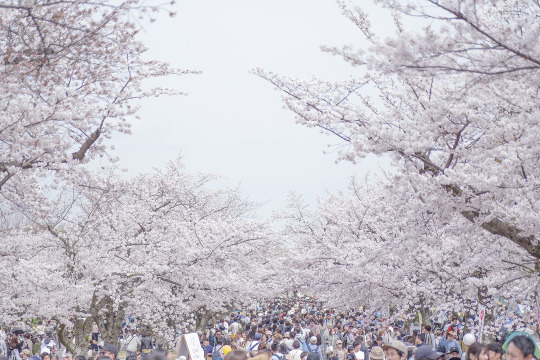

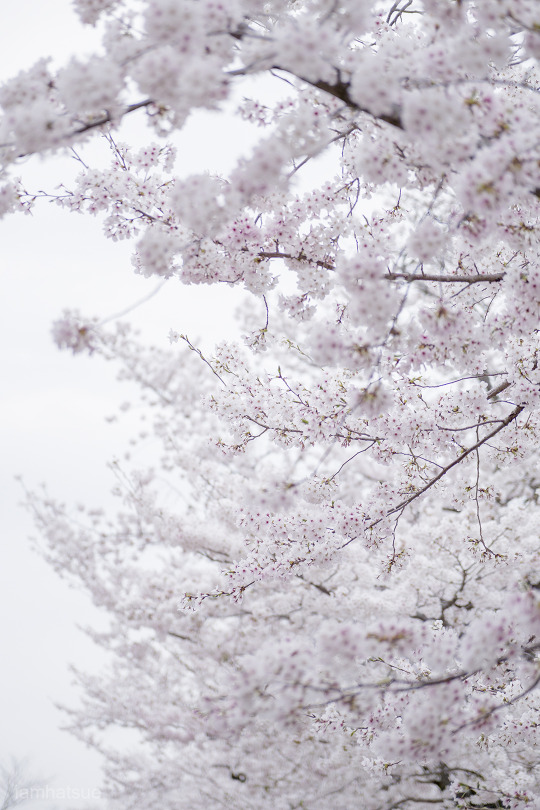
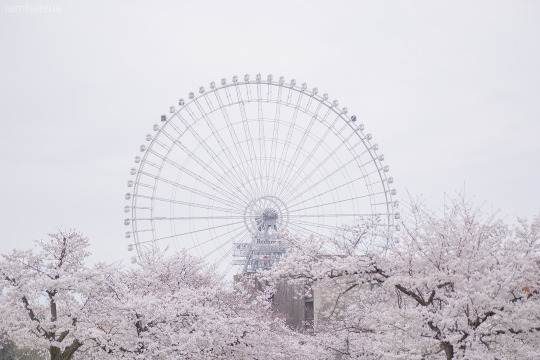
万博記念公園 01/Expo’70 Commemorative Park 01
109 notes
·
View notes
Text
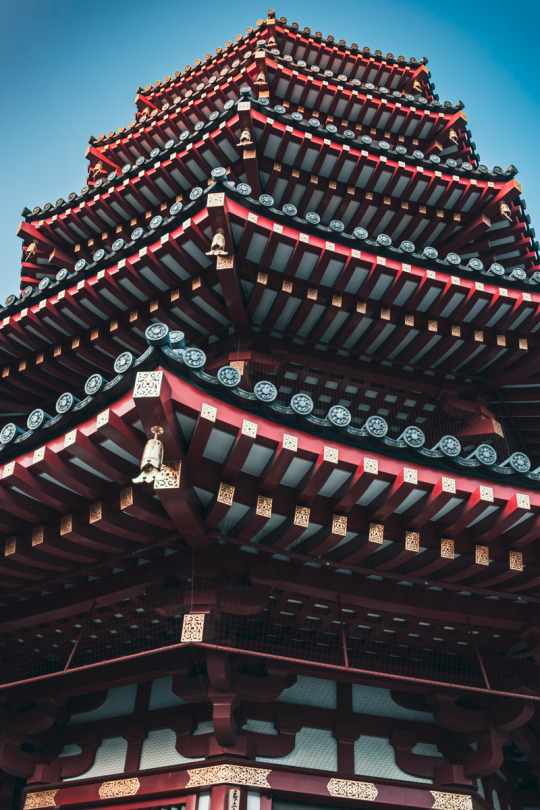
八角五重塔
2016年、川崎大師。
八角形の五重塔。八角は最も円に近い建造物の形といわれ、「包容力」「完全性」の象徴。
#Lightroom Classic#photographers on tumblr#lensblr#original photographer#original photographers#original photographers on tumblr#original photography#original photography blog#original photography on tumblr#photoblog#photography#Japan#Kawasaki#日本#川崎#川崎大師#八角五重塔#中興塔#Pagoda#Octagonal Five-Storied Pagoda
190 notes
·
View notes
Text

Tohko Ohmori "A girl with a scarf playing with a cat"
大森塔子「猫と戯れる、マフラーを巻いた女の子」
38 notes
·
View notes
Photo



I take thorough looks on japan.its beauty is unique,amazing.So i take time to post photos of japanese landscapes.They’re great,making me smile:) So i also give a good outline of what is what,where precisely is.
First image above:Is a photo in kyoto. A Nice way to enjoy cherry blossom season in Kyoto is to take a boat,ride down the Okazaki Canal by Heian Shrine. The traditional-style boats called jikkokubune depart from the Nanzenji Boat Pier for a 3km (25 minute) round-trip canal cruise that takes in the beautiful sakura.
Second is Sakura Blossom In Osaka Japan.
Third is Mt. Fuji with the Chureito Pagoda in Arakurayama Sengen Park.
#Japan#日本#Kyoto Japan#京都市#cherry blossom japan#Okazaki Canal Kyoto#Osaka Japan#大阪市#Chureito Pagoda Japan#忠霊塔#富士吉田市#Arakurayama Sengen Park#新倉山浅間公園
119 notes
·
View notes
Text

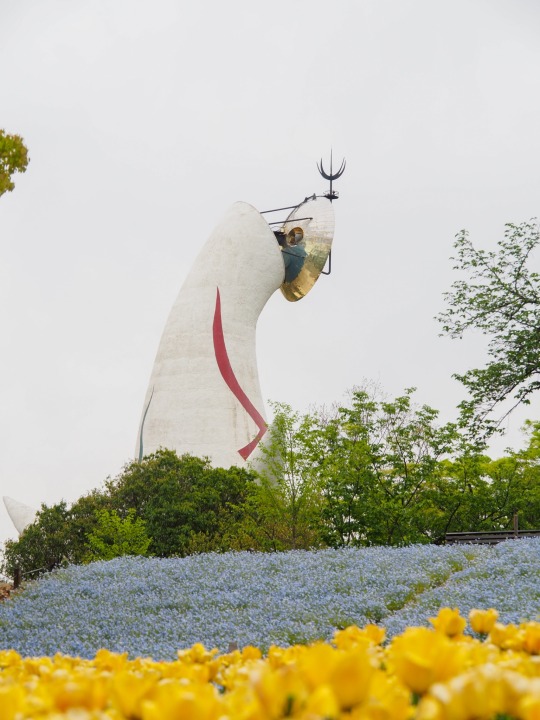
🪻Osaka Expo Park🎐
#Japan#wisteria#flowers#osaka#japan travel#nature#my posts#my photography#my photos#Osaka Expo#nature photography#digital photography#spring#大阪#日本#自然#春#花#japanese#purple aesthetic#flower aesthetic#tower of the sun#太陽の塔#万博記念公園
13 notes
·
View notes
Text

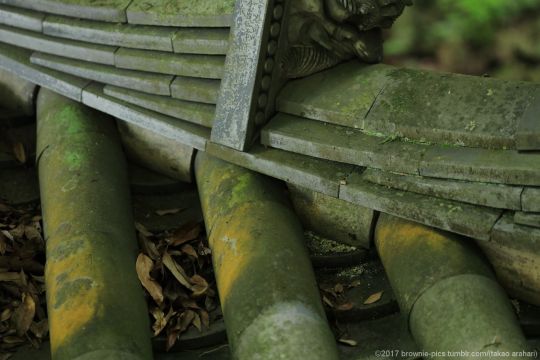


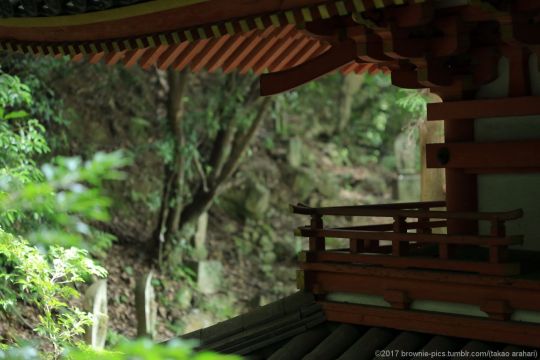



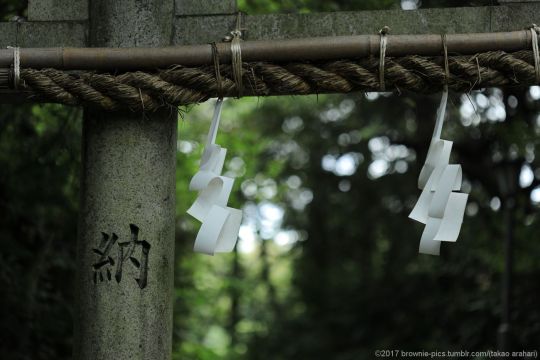
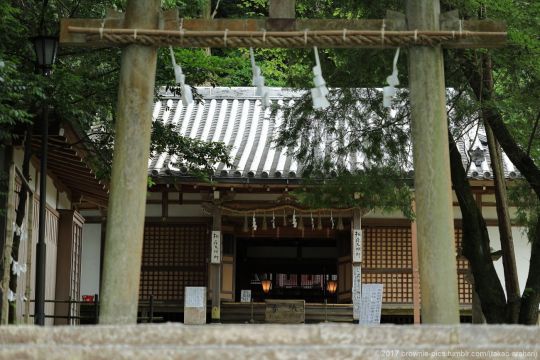
'24.7.9 松尾寺にて
境内の階段を上がり、三重塔の裏側を眺めながらお地蔵さんが並ぶ細い参道をさらに登ると松尾山神社へと繋がります。
#奈良#nara#大和郡山市#yamto koriyama city#日本#japan#松尾寺#matsuodera temple#三重塔#three storied pagoda#松尾山神社#matsuoyama shrine#梅雨#rainy season#photographers on tumblr#natgeoyourshot#奈良公園じゃないシリーズ
163 notes
·
View notes
Text


北京小纯 🉑cos各种角色
细腰嫩滑⬆️⬇️粉嫩多汁 性欲极强 配合度超级高
cos服有初音未来,雷姆,符玄,甘雨,刻晴,八重神子,尼露,萍姥姥,王者荣耀人物公孙离,朵利亚,嫦娥
#北京#广州#上海#南京#御姐#杭州#深圳#苏州#大学生#模特#萝莉#少女#美脚#足控#学生#嫩妹#jk制服#洛丽塔#Lo娘#角色扮演#漫展#漫展模特#北京萝莉#上海萝莉#广州萝莉#深圳萝莉#cos#cosplay
4 notes
·
View notes
Text
April 12, Xi'an, China, Daci'en Temple/大慈恩寺 and the Giant Wild Goose Pagoda/大雁塔 (Part 3 - History):
The entrance to the Xuanzang Memorial Hall:

Xuanzang/玄奘 (602 - 664 AD; birthname Chen Yi/陈祎) was a famous Chinese monk, scholar, and translator who journeyed throughout Central Asia and India to bring Buddhist sutras from India and translate them into Chinese. He was also the founder of the Consciousness-Only School/唯识宗 of Chinese Mahayana Buddhism.
A statue of Xuanzang in the memorial hall:

Xuanzang's 17-year journey from Chang'an (Xi'an) to India and back drawn out on a map. The route he took to India is in red, and the return route he took back to Chang'an is in green. On his way he traveled through many kingdoms in Central Asia and India, and he would later compile his experiences into the work known as Records of the Western Regions/《大唐西域记》. This work is still very important for historians and archaeologists studying Central Asian and Indian history, because it gives locations of important sites, such as the ruins of Nalanda monastery (phonetically translated as 那烂陀寺 in Chinese) in modern day Bihar. The Ming-era novel Journey to the West/《西游记》 was also very loosely based on this work; more specifically, the novel was based on folk tales about Xuanzang's travels, which was in turn loosely and partially based on Xuanzang's experiences recorded in this book.

(Metal?) wall murals and a giant wood relief depicting Xuanzang's early life and his journey to India and back (generally viewed in order from left to right since it's a continuous narrative):



Biography of the Tang Dynasty Buddhist Tripitaka Master Xuanzang of the Great Ci'en Temple/《大慈恩寺三藏法师传》 (alternatively translated simply as "The Life of Xuanzang"), written by Xuanzang's disciple Huili/慧立 in 688 AD.

An artifact not strictly related to Xuanzang: Ritual Confession of Mercy Temple/《慈悲道场忏法》, a Buddhist repentance work/忏文 written for Emperor Wu of Liang (464 - 549 AD) for the purpose of conducting a "ritual of transcendence" (called 超度; I could not find an English translation for this so this is my own translation) for the emperor's deceased wife. This particular version was printed in Ming dynasty in 1608.


Ceiling of the memorial hall, decorated with Sanskrit characters:

The second exhibition hall also has wall murals and a giant wood relief, this time depicting Xuanzang's life after returning to China:



Xuanzang has stated that the purpose of his journey was to bring back Buddhist sutras in their original Sanskrit, so that the integrity of the original texts may be better preserved in future translations and a more faithful interpretation of the sutras may be achieved. When he returned from India in 645 AD, he brought back with him 657 Buddhist texts in Sanskrit, and with support from Emperor Taizong of Tang, he proceeded to translate these texts into Chinese with his team of translators.
Daci'en Temple still preserves less than 20 leaves of the original palm leaf manuscript/贝叶经 brought to China by Xuanzang. I didn't get to see these artifacts myself, but just for reference, here are some potato quality pictures I've found online:


Below is a part of a (Ming-era? Not sure) printed copy of the Mahā-prajñāpāramitā Sūtra (《大般若经》 or 《大般若波罗蜜多经》 in Chinese), which was translated into the Chinese text seen here by Xuanzang and his team:

Part of Complete Translations by Master Xuanzang/《玄奘法师译撰全集》:

A view of the exhibited part of the collection of works that were either by Xuanzang or written about Xuanzang. Being an aspiring translator myself and knowing that these were works connected to a great translator who lived 1300+ years ago, there is just a feeling of awe here that can't be described properly in words...

There's also the twin steles associated with Xuanzang at the foot of the Giant Wild Goose Pagoda. The stele on the west (below left) was written from right to left, composed by Emperor Taizong of Tang Li Shimin/唐太宗 李世民, while the stele on the east (below right) was written from left to right, and was composed by Emperor Gaozong of Tang Li Zhi/唐高宗 李治 (the two emperors are father and son). The calligraphy for both steles was provided by Chancellor Chu Suiliang/中书令 褚遂良. Both steles gave an account of Xuanzang's life and praised him for his achievements, and both were erected in 653 AD. Since I didn't go into the pagoda, I didn't see these two steles (I believe one of them isn't at the pagoda anymore? It might be at Beilin Museum now), so here are pictures of the ink rubbings from Open Museum (open in new tab to view the full image):


And finally, some fun souvenirs from the gift shop! These are tiny incense pellet holders topped with the twelve zodiac animals

A funny greeting card that translates to "And We miss you too" (朕 is a first person pronoun used exclusively by emperors to refer to themselves; today many people use 朕 to jokingly refer to themselves)

#2024 china#xi'an#china#daci'en temple#大慈恩寺#giant wild goose pagoda#大雁塔#xuanzang#玄奘#buddhist temple#chinese history#chinese culture#journey to the west#mahayana buddhism#buddhism#history#culture
73 notes
·
View notes
Text

2024年8月、PLの塔 LEICA M8+CANON LENS 35mm f:3.2
正式名称は「大平和記念塔」というらしい。街路樹を見ればわかりますがIR写真です。九郎五郎池の辺りで撮れば素敵な写真が撮れるらしいが、周囲はゴルフ場等の敷地で入れなかった。
#japan#オールドレンズ#写真好きな人と繋がりたい#snapshot#streetphotography#oldlens#osaka#ライカ#大阪#ファインダー越しの私の世界#PLの塔#大平和記念塔
3 notes
·
View notes
Photo

A pamphlet from Daikakuji Temple (大覚寺) in Kyoto, featuring the temple’s landscape with Ōsawa Pond (大沢池), Japan’s oldest artificial garden pond created in the late 9th century (when what would become the temple was still an imperial villa) and a pagoda serving as a repository for manuscript copies of the Heart Sutra built in 1967
Acquired at the temple February 11, 1995
#buddhist temple#京都#kyoto#大覚寺#daikakuji#真言宗#shingon#landscape design#心経宝塔#pagoda#pamphlet#ephemera#printed ephemera#paper ephemera#crazyfoxarchives
42 notes
·
View notes
Text
師走の … 2023 Ep.2(3)糸島市・大入「配崎の人柱慰霊塔」
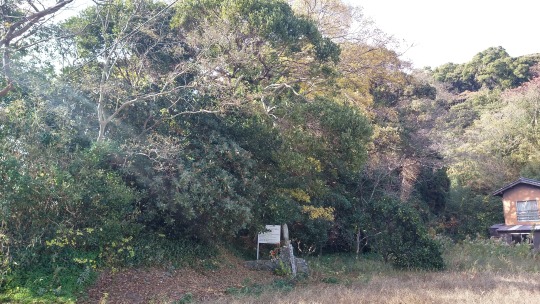
大入の半島部に位置する配崎地区に、堤防工事にまつわる慰霊塔が伝わってます。
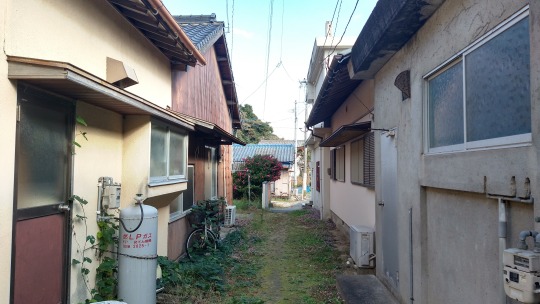
↑ 慰霊塔を背に白山神社方向

慰霊碑の正面は空き地と反対側です。
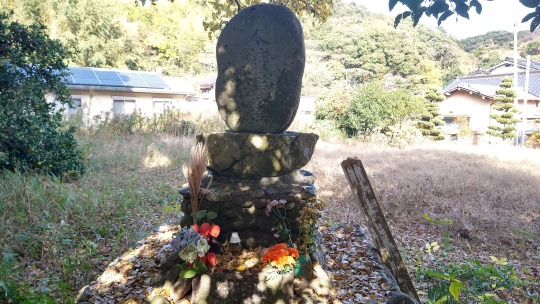
自ら名乗り出た(自分が人柱になるように仕向けた)青年が配崎南麓の地に埋まったそうです。
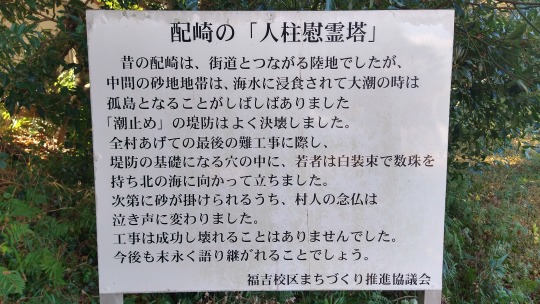
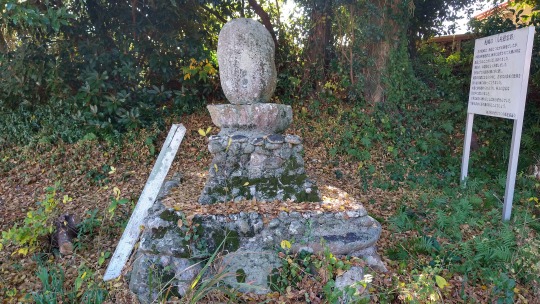
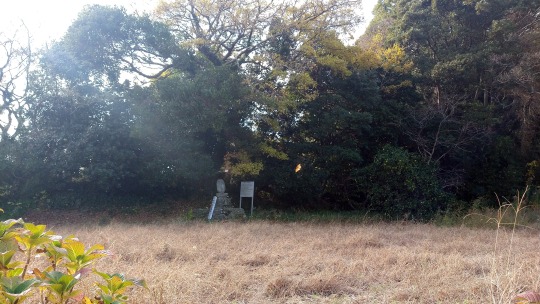
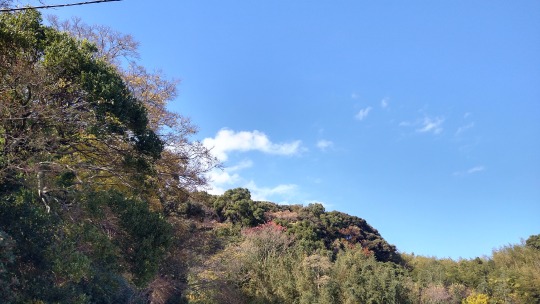
2023.12.10 ~ つづく
2 notes
·
View notes

